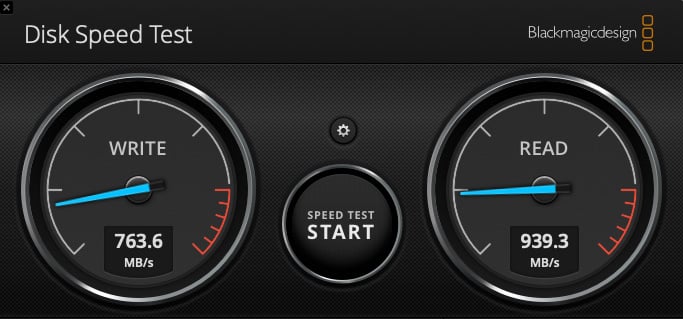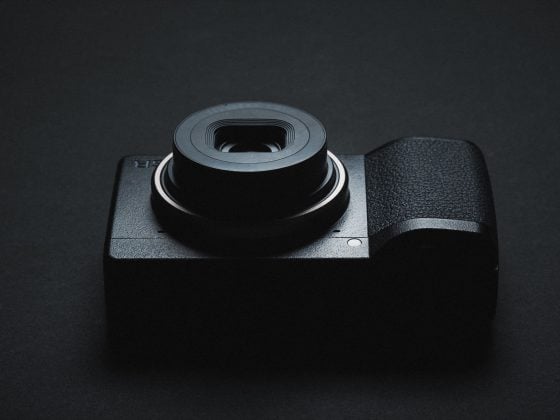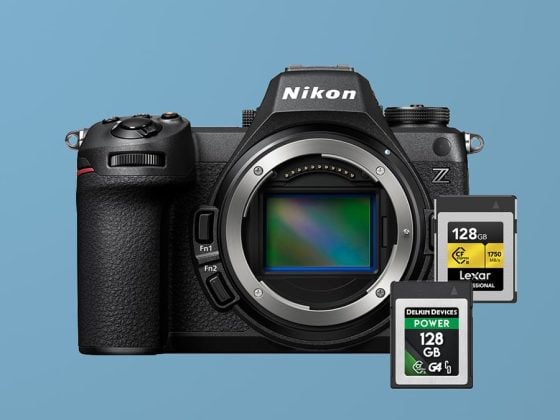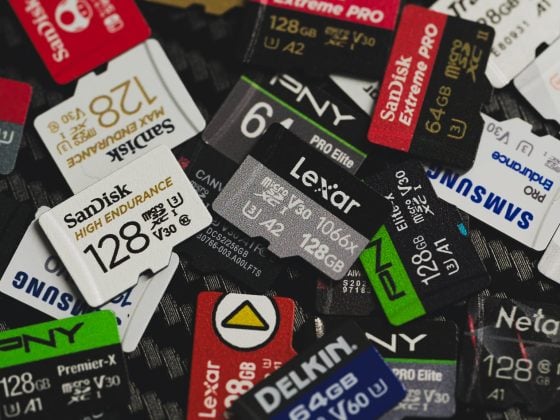CFexpress cards are here now and I’ve been testing them as I get them. There are some issues with the smaller 64GB cards in the Nikon Z6 but the larger cards (128GB and bigger) are working ok according to a lot of people I’ve been talking to. I have some more on the way for testing.
What’s wrong with my 64GB card in the Z6? It’s interesting, if I heat up the 64GB Sandisk CFe Card with the Black Magic or the AJA Speed test to the point where it thermal throttles down to 200MB/s write speeds (CFexpress cards thermal throttle now, super cool), then it works totally fine without issue in my Z6. But when the card is cold, running at about 750MB/s write in the speed test, then it crashes in my Z6 a lot. How strange is that?
I’ll keep you guys updated as I continue on my insanely expensive CFexpress memory card adventure, but I want to advise you on something that could affect your wallet in the future.
Stop Buying XQD Cards
Why do I say this?
I don’t like writing articles like this since people should be able to buy whatever they want, but there is good reason to stop buying XQD memory cards and it has to do with future compatibility with CFexpress devices and it’s already starting to happen with CFexpress readers.
XQD is a Sony Proprietary Technology
Camera companies have to get Sony’s consent to use this XQD technology in their gear. What’s going to happen is, XQD is going to become to CFExpress what MemoryStick Duo became to SD memory cards. Nobody uses them, but they still work in Sony cameras and only Sony cameras.
Future Cameras Will Not Support XQD
This is my assumption, but the next batch of Nikon, Panasonic, Canon cameras will likely no longer support XQD memory cards.
Why do I say that? Because I’m testing memory card readers and my ProGrade CFexpress reader will not read XQD memory cards.
Also, my XQD memory card reader will not read my CFexpress cards. They simply are not compatible technologies. It’s not like going from UHS-I to UHS-II.
So my advice to someone waiting for more CFexpress cameras from Nikon, Canon, Panasonic, skip XQD cards. Unfortunately, the 64GB CFexpress card I have is not working well in my Z6, but it could just be a funky card with problems. That happens.
For now, I would recommend you buy 120GB or 128GB CFexpress cards and skip XQD so that it guarantees future compatibility with different camera systems. These things are expensive so you might as well buy something that is future proof.
About CFexpress Readers
I thought I would also update you on my CFexpress reader experience.
First off, I can’t get proper USB-C CFExpress speeds using bootcamp on a 2018 Macbook Pro. Speeds cap out to about 400MB/s. On the OSX side, I get read speeds of about 950MB/s and write speeds of about 750MB/s

If you’re looking for a Good CFexpress reader, so far I’m really liking the ProGrade reader. It’s very high quality and is packaged very well. It comes with a USB-C and USB-A cable it even comes with a little metal ProGrade decal. I have more on the way and will test everything.
Here are the brands making CFexpress cards now
Nikon only guarantees support with the Sony brand right now, but people are telling me the Sandisk 128GB and 256GB cards are working great and ProGrade says their cards were tested for the Nikon cameras and my Prograde card is working fine.
Different sizes run at different speeds but the current generation of cameras that support CFexpress does not have PCIe 3.0 tech so you won’t see a difference with in-camera performance.
Sony CFexpress – B&H
Sandisk CFexpress – B&H
ProGrade CFexpress – Gold – B&H
ProGrade CFexpress – Cobalt – B&H
Delkin CFexpress – B&H
Lexar CFexpress – B&H
Wide CFexpress – B&H
| **This website contains affiliate links. We will earn a small commission on purchases made through these links. Some of the links used in these articles will direct you to Amazon. As an Amazon Associate, I earn from qualifying purchases. |






